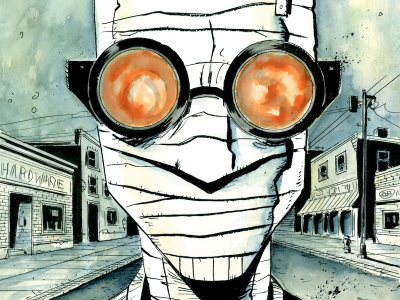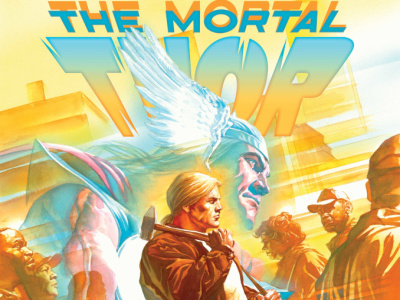The Sunday, January 20th Sunday New York Times carried a lengthy story titled 'Anime, Japanese Cinema's Second Golden Age,' which began under a large color illo above the fold on the cover of the 'Arts and Leisure' section and was continued for a full broadsheet page (also with color illos) inside. It was a coming out party for anime in America. As writer Dave Kehr put it in the article, 'After a decade or two as an underground phenomenon in the United States..., anime is slowly emerging into the light of day.'
The 'second golden age' in the title of the article refers to the current flowering of anime theatrical production that has reached the point where anime account for 60% of Japanese film production. The artistic comparison is to the period in the fifties and sixties when Japanese directors such as Akira Kurosawa were turning out live action epics that packed art houses in the U.S. and Europe.
The opening of Metropolis this weekend seemed to be the impetus for the article, and the discussion of the movie and of Osamu Tezuka (and his soon-to-be-revived Astro Boy) made up a long opening section, but the analysis of recent anime, including Perfect Blue, Ghost in the Shell, and Princess Mononoke that followed aimed for the more ambitious goal of describing the current state of theatrical anime for a new audience in the U.S.. The serious treatment of the work, and the praise Kehr lavishes on the best of it (he's particularly generous with Princess Mononoke) puts anime in a new perspective for the readers of the Times -- far beyond children's cartoons.







